These Are The Absolute Best Cooking Oils, According to Experts

Countless recipes starts with heating oil in a pan. It's the workhouse ingredient that helps soften onions, develop a deep brown crust on your steaks, and create nonstick surfaces on your pans.
There are many types of cooking oils, and each variety has its own unique flavors, health benefits, and cooking applications. And, if you've been paying attention to grocery prices lately, it's clear that oils can be sold at wildly different price points.
So if you don't want your food to taste burnt, or to shell out $50 on oil to make fried chicken, check out these 11 types of cooking oils and how the use them.
Avocado Oil
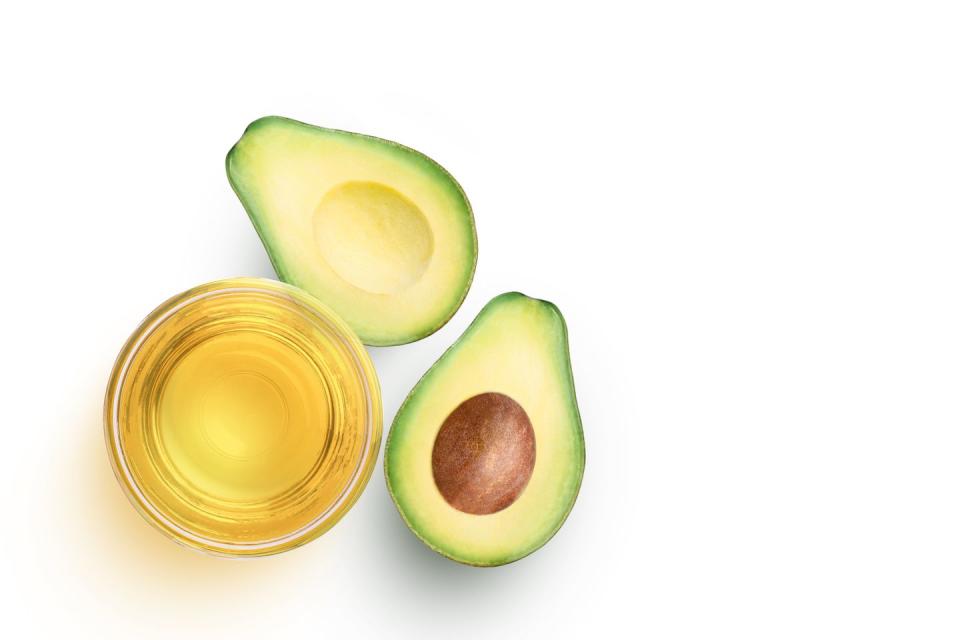
Avocado oil has been the trendiest cooking oil for several years, and we think it's absolutely worth the hype. Just like with extra virgin olive oil, it's an unrefined cooking oil with plenty of monounsaturated fat and oleic acid, which helps lower bad cholesterol and boosts overall heart health.
What distinguishes avocado oil from extra virgin olive oil, however, is its flavor and versatility. Avocado oil has a mild grassy flavor, much less pronounced than olive oil's. That means you can use it in essentially any dish without worrying about affecting the overall flavor. It also has a much higher smoke point than olive oil—you can cook with avocado oil up to about 520°F. Compared to olive oil's smoke point range of between 350°-410°, avocado oil is more versatile in recipes that involve grilling, broiling, or high-temperature roasting.
Canola Oil
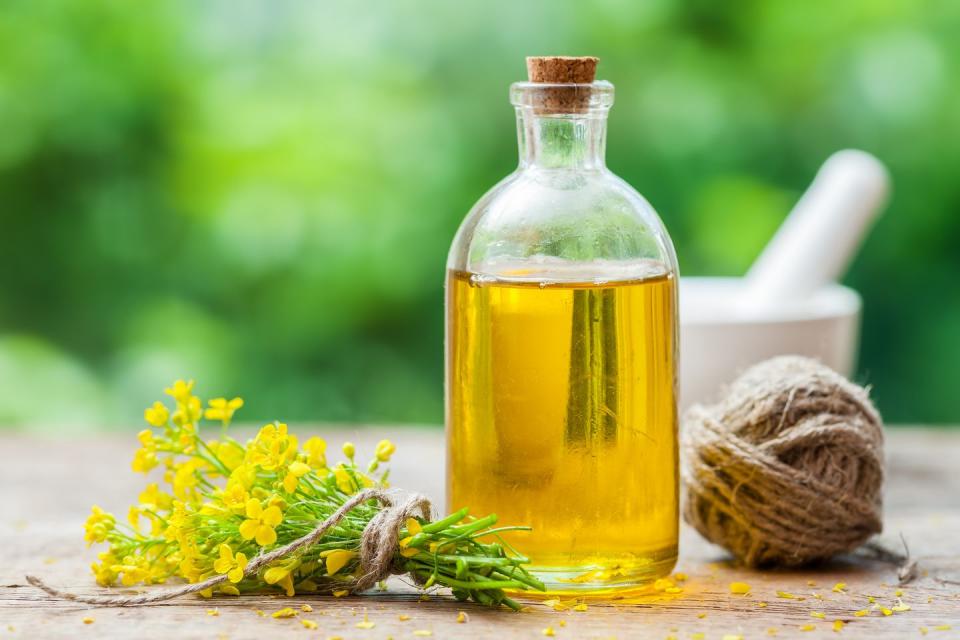
Have you ever browsed the oil aisle at your grocery store and wondered, "What the heck's a canola?" The answer is rooted in thousands of years of food history. The base of this oil comes from rapeseed, which is the seed of a plant in the mustard family. Its cultivation for culinary and industrial purposes dates back to 2000 BCE in Asia, but wasn't widely grown and sold in North America until the mid-20th century.
Two problems arose with North American rapeseed varieties. First, the flavor didn't mesh well with western palates. More alarmingly, these strains had high levels of erucic acid, which in large amounts can be toxic to humans. In an attempt to solve this problem, Canadian scientists crossbred a new type of rapeseed with lower amounts of erucic acid and refined its oil to neutralize the flavor. That oil became known as canola (the word is a contraction of Canadian oil, low acid).
Canola oil is widely available and one of the most affordable cooking oils on the market. It's a great option for when you want a flavorless, high-heat cooking oil.
Coconut Oil
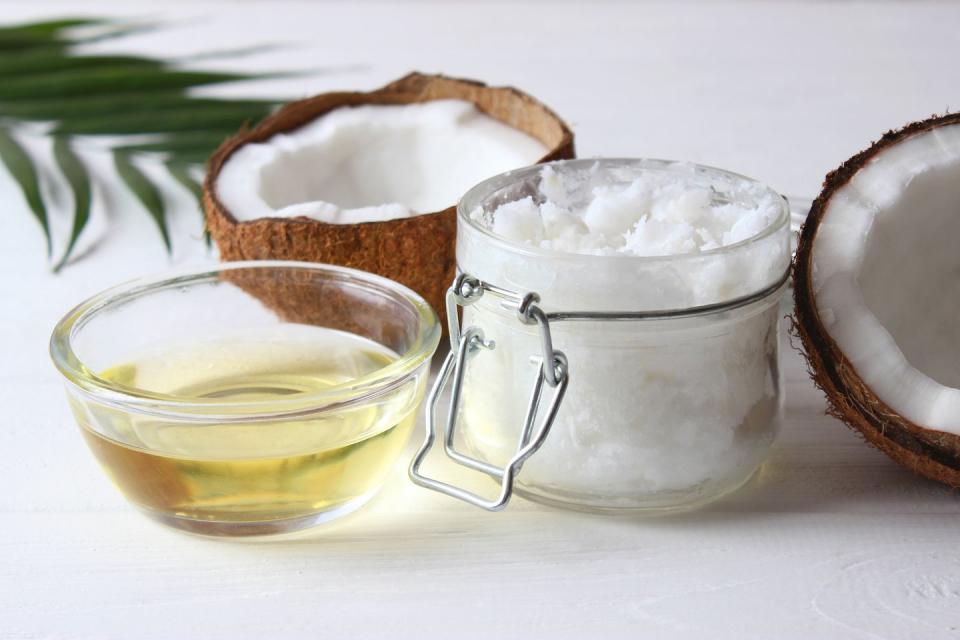
Coconut oil comes from, you guessed it, coconuts. At room temperature, it is a cloudy white solid that melts into a fragrant liquid when exposed to heat. Unrefined versions have a distinctly coconut-y flavor that can work well in recipes that feature the fruit in other forms, like curries and soups. Also, since it becomes solid at room temp, it's the perfect way to transform plain chocolate into homemade Magic Shell for your next ice cream sundae.
However, coconut oil also has a relatively low smoke point, so it's not ideal for high-heat cooking methods. And its high levels of saturated fat make it less heart-healthy than other oils.
Corn Oil
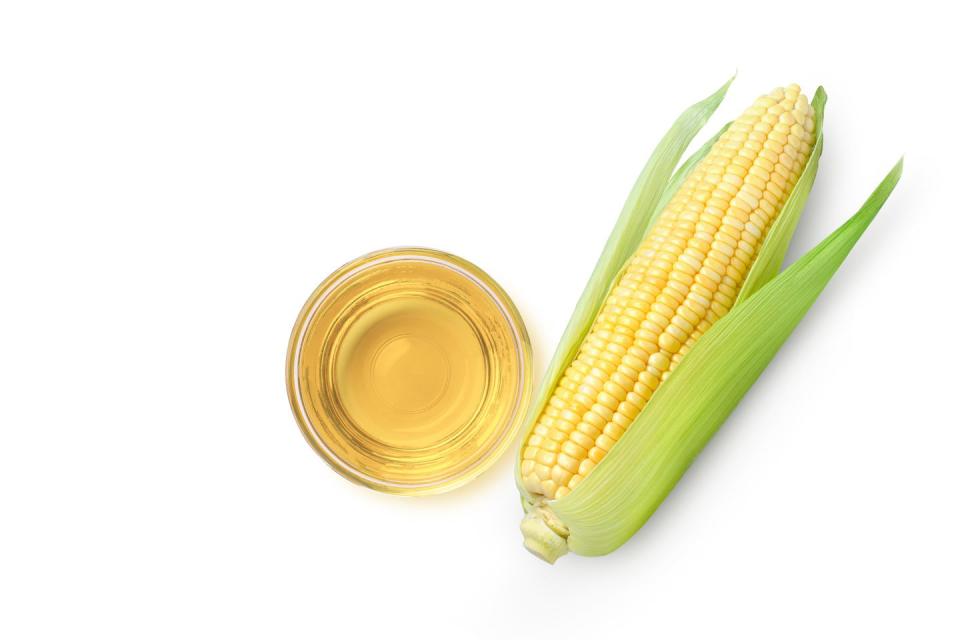
Corn oil is another high-heat neutral oil that's perfect for frying. And since corn is a subsidized commodity crop grown in large quantities in the U.S., its oil is especially affordable.
Because of its chemical processing, there are no antioxidants or other beneficial ingredients unlike all of the ones you can find in extra virgin olive oil or avocado oil. But if you're planning on filling up a large pot of oil for deep frying, corn oil is a logical and affordable choice.
Grapeseed Oil
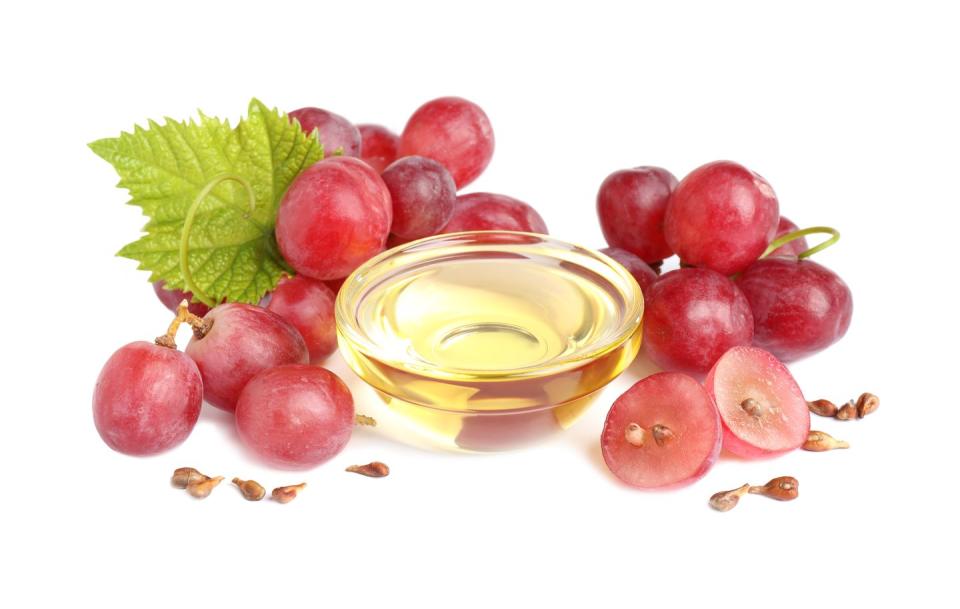
Grapeseed oil is pretty self explanatory—it's made from the seeds of grapes. And since grape seeds are a byproduct of making grape juice and wine, it's an abundant source for cooking oil and avoids food waste. But, unlike the fruit, grapeseed oil has an incredibly neutral flavor. That's why it's a go-to oil for so many cooks. Grapeseed oil can be used in nearly any application without affecting the flavor. It can also be used with intense heat levels without smoking.
Nut Oils
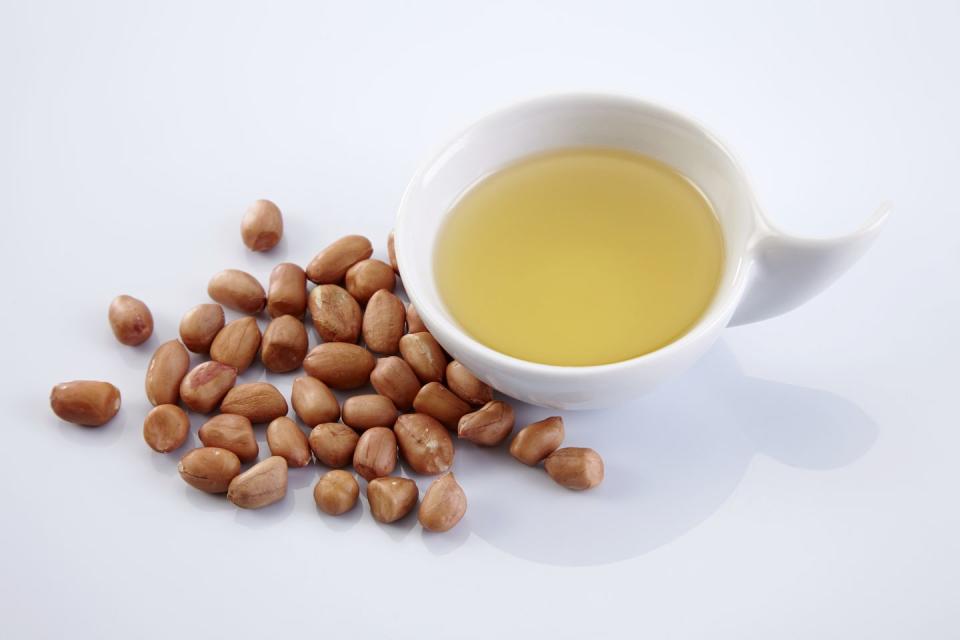
From pistachio to walnut to pumpkin seed to peanut, nuts make up a broad category of cooking oils. Because nuts are packed with fat, it's easy to extract the oil for culinary purposes. But, depending on the type of nut, the cooking oil can vary in terms of flavor and smoke point.
Peanut and almond oil, when not roasted, have a neutral flavor and high smoke point. In fact, some chefs swear by frying chicken, donuts, and stir fries in peanut oil. But for other varieties, like walnut, pecan, and pistachio, the nutty flavor takes center stage and can't hold up to high temperatures.
Just like with regular nuts, it's important to take caution when using these oils around people with allergies.
Olive Oil
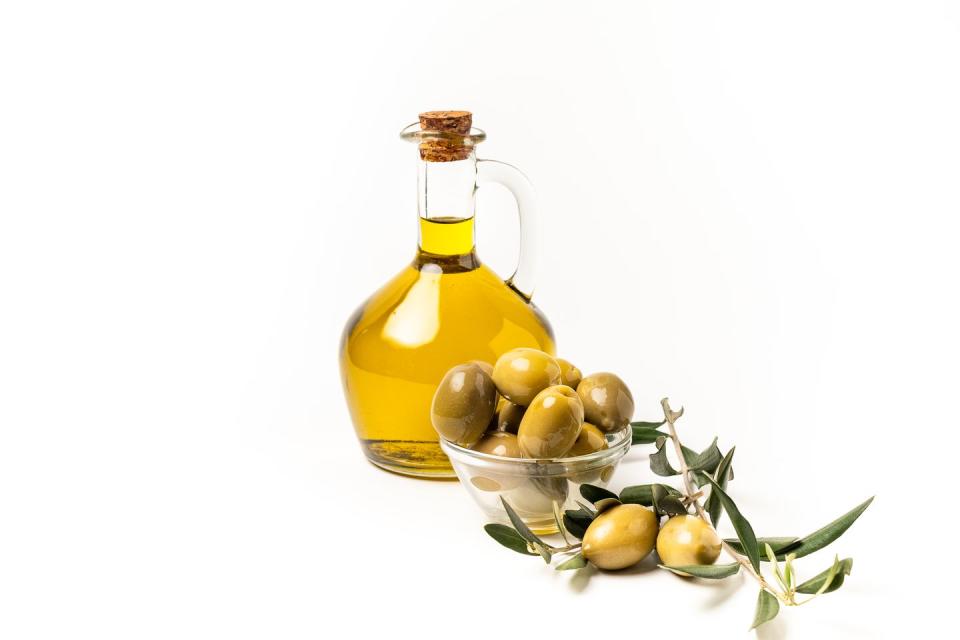
This popular oil is a staple of the Mediterranean diet and a go-to for many households across the country. In 2021, Americans used over 406,000 metric tons of it! Its grassy, peppery flavor is the ideal foundation for salad dressings, pasta sauces, and even fluffy cakes.
The top-tier olive oil is the extra virgin variety. It gets its name from the way the olive fruit is pressed. For a TLDR version, extra virgin olive oil has the most pronounced flavor and the most health benefits, but should only be used cold or with low to moderate heat. However, there are also refined versions that remove its signature flavor and make it more appropriate for high-heat cooking methods.
Red Palm Oil
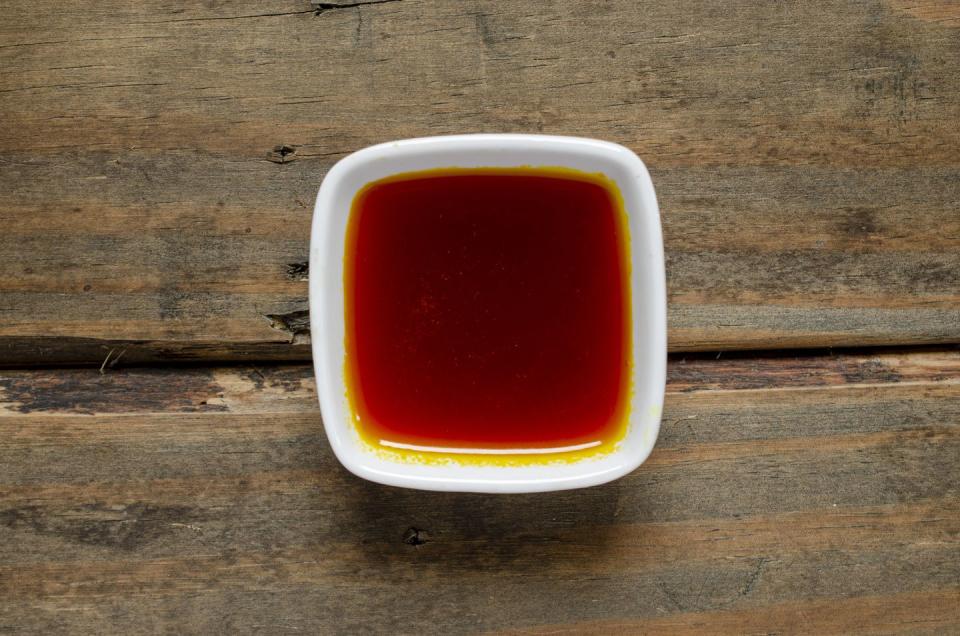
You may have seen palm oil painted in a negative light in the news or on social media. This oil extracted from the fruits of palm trees can be found in nearly every processed food and cosmetic product, and is responsible for worldwide deforestation and labor exploitation. The palm oil you see used most in grocery store items is arguably not ethical, healthy, or environmentally sustainable—but red palm oil is different.
Red palm oil is an unrefined, bright orange tinted fat that solidifies at room temperature like coconut oil. It has been the foundation of West African cuisine for thousands of years. And unlike the refined palm oil you see in processed foods, it's typically sourced from small, sustainable producers. It's packed with carotenoids and other healthy antioxidants, has a mild, floral flavor, and a high smoke point.
Safflower & Sunflower Oils
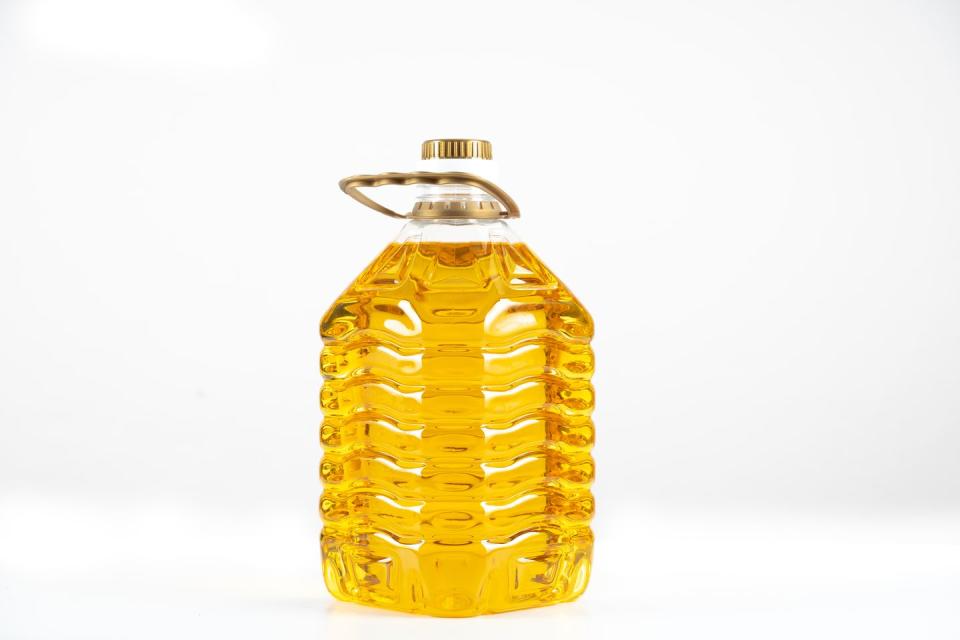
Safflower and sunflower oil are both derived from the seeds of flowers. And while the two plants are different, the resulting cooking oils are so similar that they're often used interchangeably. Both safflower and sunflower oil are high in unsaturated fat, have a pale yellow color, and are almost completely neutral in flavor.
They're both great options for high-heat cooking, like searing steaks or cooking food on the grill. However, since they're more expensive than other high-heat oils like canola or corn, we wouldn't recommend deep frying with these oils.
Sesame Oil
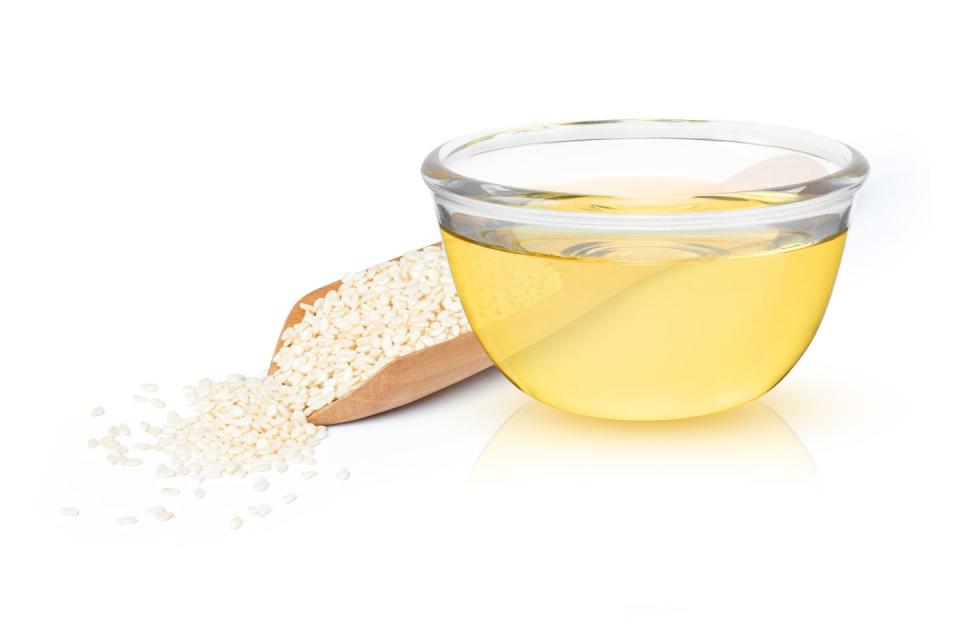
Sesame oil is a staple ingredient in East Asian cuisines. When unroasted, sesame oil has a light hue, relatively neutral flavor, and can be used with high-heat cooking methods. But the vast majority of sesame oil bottles sold across the United States use roasted seeds. This imparts an intensely nutty, toasty flavor that can be used in stir fries, sauces, and salad dressings.
While the unique flavor of sesame oil is essential for many Asian recipes, it can become overwhelming when used as a primary cooking oil. The roasting process also lowers its smoke point, so it's best used in sauces or as a finishing oil.
Vegetable Oil
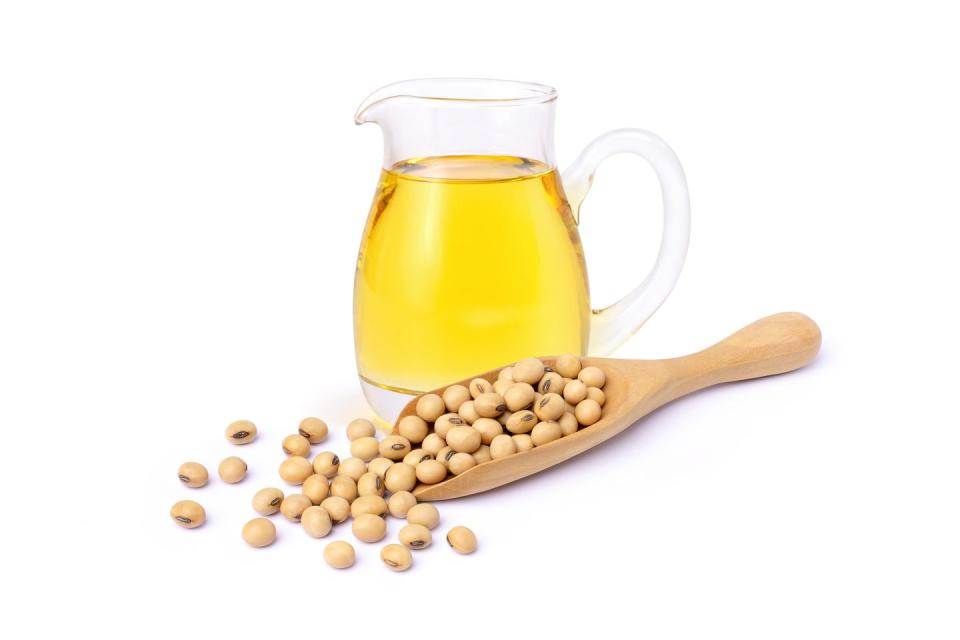
Vegetable oil is a generic term that can be used for any oil that's a blend of various refined vegetable-based oils. Depending on the brand, this can include anything from soybean, canola, corn, palm, or sunflower. But the vast majority of bottles contain almost entirely soybean oil.
This cooking oil is refined, neutral in flavor, and can be used to cook food at high temperatures. It's also extremely affordable. However, if you're the type of person to take extra care into what goes into your food, we recommend steering away from vegetable oil. Because of its branding, it can be difficult to determine what exactly is in each bottle and how nutritious it may be.
What oil do you use for cooking? Let us know in the comments.
You Might Also Like

